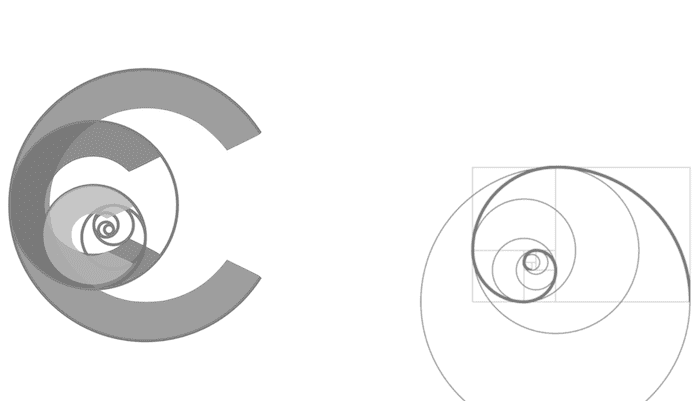Shock Hot Case
GENERAL APPROACH
Find the shock (is it PROVED?)
- Pump, rate/ rhythm = Cardiogenic – myocardial, valves, rhythm, pericardium, left and right sided (signs: cool peripherally, shut down, bounding pulse, narrow pulse pressure, inotropes, high CVP, low SvO2, low Q, crackles in chest, oedema)
- Obstructive – TP, tamponade, abdominal compartment syndrome (signs: cool peripherally, narrow pulse pressure, inotropes, vasopressors, high CVP, muffled heart sounds, low Q)
- Volume =Hypovolaemic – bleeding, dehydration, 3rd spacing (signs: cool peripherally, CR, pale, low CVP, low BP, narrow pulse pressure, high HR)
- Endocrine — adrenal insufficiency, thyroid disorders
- Distributive – SIRS, septic, anaphylaxis (signs: WWP, dilated, bounding pulse, low diastolic pressure, wide pulse pressure, pressors, low CVP, high Q, low SVRI, active praecordium)
- ? = Technical – transducer height, quality of trace
INTRODUCTION
CUBICLE
- blood loss (malena, haemorrhage into drains…)
INFUSIONS
- inotropes and vasopressors
- vasopressin
- blood and blood products
- APC
VENTILATOR
- type of ventilation (NIV, invasive, spontaneous breaths, controlled, oscillation, ECMO)
- assess ventilation strategy (ARDS, bronchospasm)
- level of support
MONITOR
- check transducer heights and calibration
- MAP (pressure, swing, pulsus paradoxus)
- pulse pressure
- heart rate and rhythm
- CVP (number and waveform)
- PICCO and PAC recent data
- SpO2
- temperature
EQUIPMENT
- Level 1 rapid infuser
- IABP
- pacing (mode, working properly)
- intercostals drains (number, swinging, bubbling, blood loss)
- surgical drains (type and amount of fluid being lost)
- recent urinary output
- Edgerton bed (spinal injury)
- Halo brace (spinal injury)
QUESTION SPECIFIC EXAMINATION
- identification of the predominant cause of shock
- hands -> head -> chest -> abdo -> feet -> back
-> cardiovascular
-> respiratory
-> abdominal
- neurological
-> paralysed
-> quick examination
-> unconscious
-> conscious
- fluid balance
- intra-abdominal pressure
RELEVANT INVESTIGATIONS
Bedside
- ABG
- ECG
- trend in lactate
- cardiac output data (trend in SvO2)
Laboratory
- CXR
- TNI
- renal function
- trend in Hb and transfusion requirements
- microbiology: sepsis
Imaging
- ECHO
- CTPA
OPENING STATEMENT
- My approach to shock is to rule out technical problems and then look for hypovolaemic, distributive, obstructive and cardiogenic causes.
- = I believe that this patient has primarily has… shock as evidenced by… (present positives and relevant negatives)
- I would like to rule out other causes by ordering… investigations.

Critical Care
Compendium
Chris is an Intensivist and ECMO specialist at The Alfred ICU, where he is Deputy Director (Education). He is a Clinical Adjunct Associate Professor at Monash University, the Lead for the Clinician Educator Incubator programme, and a CICM First Part Examiner.
He is an internationally recognised Clinician Educator with a passion for helping clinicians learn and for improving the clinical performance of individuals and collectives. He was one of the founders of the FOAM movement (Free Open-Access Medical education) has been recognised for his contributions to education with awards from ANZICS, ANZAHPE, and ACEM.
His one great achievement is being the father of three amazing children.
On Bluesky, he is @precordialthump.bsky.social and on the site that Elon has screwed up, he is @precordialthump.
| INTENSIVE | RAGE | Resuscitology | SMACC
